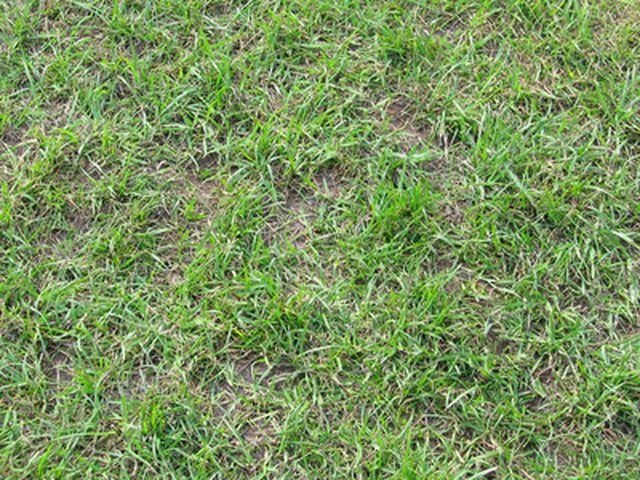Bulbs
Flower Basics
Flower Beds & Specialty Gardens
Flower Garden
Garden Furniture
Garden Gnomes
Garden Seeds
Garden Sheds
Garden Statues
Garden Tools & Supplies
Gardening Basics
Green & Organic
Groundcovers & Vines
Growing Annuals
Growing Basil
Growing Beans
Growing Berries
Growing Blueberries
Growing Cactus
Growing Corn
Growing Cotton
Growing Edibles
Growing Flowers
Growing Garlic
Growing Grapes
Growing Grass
Growing Herbs
Growing Jasmine
Growing Mint
Growing Mushrooms
Orchids
Growing Peanuts
Growing Perennials
Growing Plants
Growing Rosemary
Growing Roses
Growing Strawberries
Growing Sunflowers
Growing Thyme
Growing Tomatoes
Growing Tulips
Growing Vegetables
Herb Basics
Herb Garden
Indoor Growing
Landscaping Basics
Landscaping Patios
Landscaping Plants
Landscaping Shrubs
Landscaping Trees
Landscaping Walks & Pathways
Lawn Basics
Lawn Maintenance
Lawn Mowers
Lawn Ornaments
Lawn Planting
Lawn Tools
Outdoor Growing
Overall Landscape Planning
Pests, Weeds & Problems
Plant Basics
Rock Garden
Rose Garden
Shrubs
Soil
Specialty Gardens
Trees
Vegetable Garden
Yard Maintenance
Brown Spots in the Lawn & Worms
Brown Spots in the Lawn & Worms. Many different things cause brown spots on the lawn. Grass-eating worms, however, are one of the most common causes. Although many worms work to help aerate the soil and promote healthy growth, some types actually kill the grass.

Many different things cause brown spots on the lawn. Grass-eating worms, however, are one of the most common causes. Although many worms work to help aerate the soil and promote healthy growth, some types actually kill the grass.
Types
Worms which cause brown spots in the lawn include armyworms, sod webworms and cutworms, says the website All About Lawns. Armyworms and sod webworms are actually caterpillars which mature into moths. Their bodies measure less than an inch long, says Hobby Lawn Care. The only obvious difference between these two worm types and the cutworms is the way the cutworms curl into a spiral when exposed.
Cause
These pests feed off of grass and grass stems. This causes the grass to turn brown and die in large patches on the lawn if left untreated, says All About Lawns. They tend to like bluegrass, buffalo grass and bent grass varieties the best, according to Hobby Lawn Care.
Test
Mix several tablespoons of dishwashing fluid with a gallon of water. If the brown patch takes up a very large area, double the batch. Dump the mixture over the brown spots and wait to see if worms surface. You have a worm infestation if more than four per square yard surface. Seeing the worms might help you identify which type of worm infestation you have.
Treatment
Insecticides adequately treat grass-killing worms. Common insecticides for all three types include Dursban and Diazinon, says All About Lawns. These two work especially well if you don't know the exact worm type. The insecticides Orthene and Bacillus thuringiensis also treat cutworm and armyworm infestations.
Prevention
Maintaining a healthy lawn best prevents grass-eating worms. Frequent dethatching and lawn aeration allows the grass to breathe and flourish. Watering also helps, especially during the summer months. Cutworms, sod webworms and armyworms all seem to feed off grass from the late summer months through the early fall.